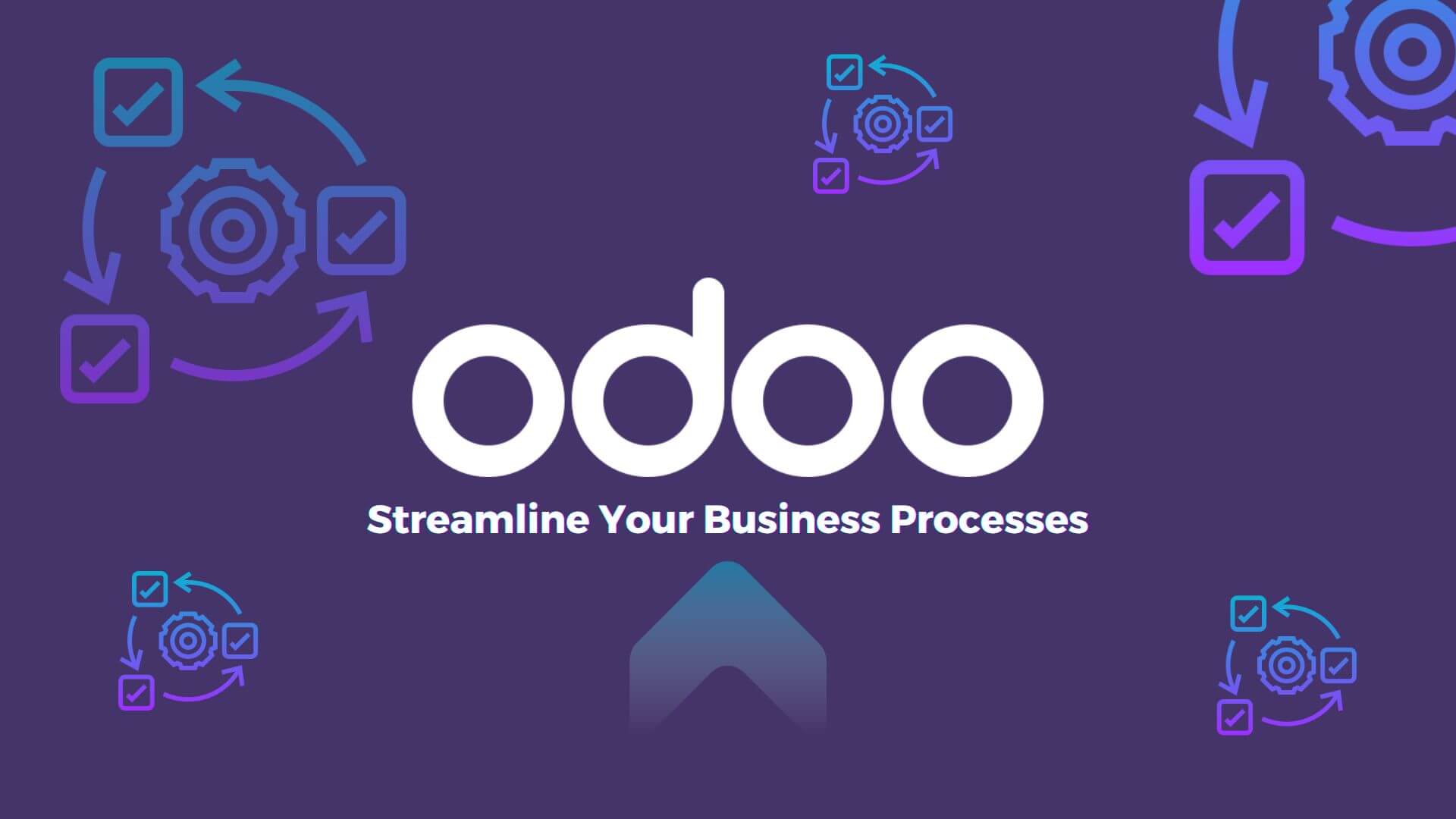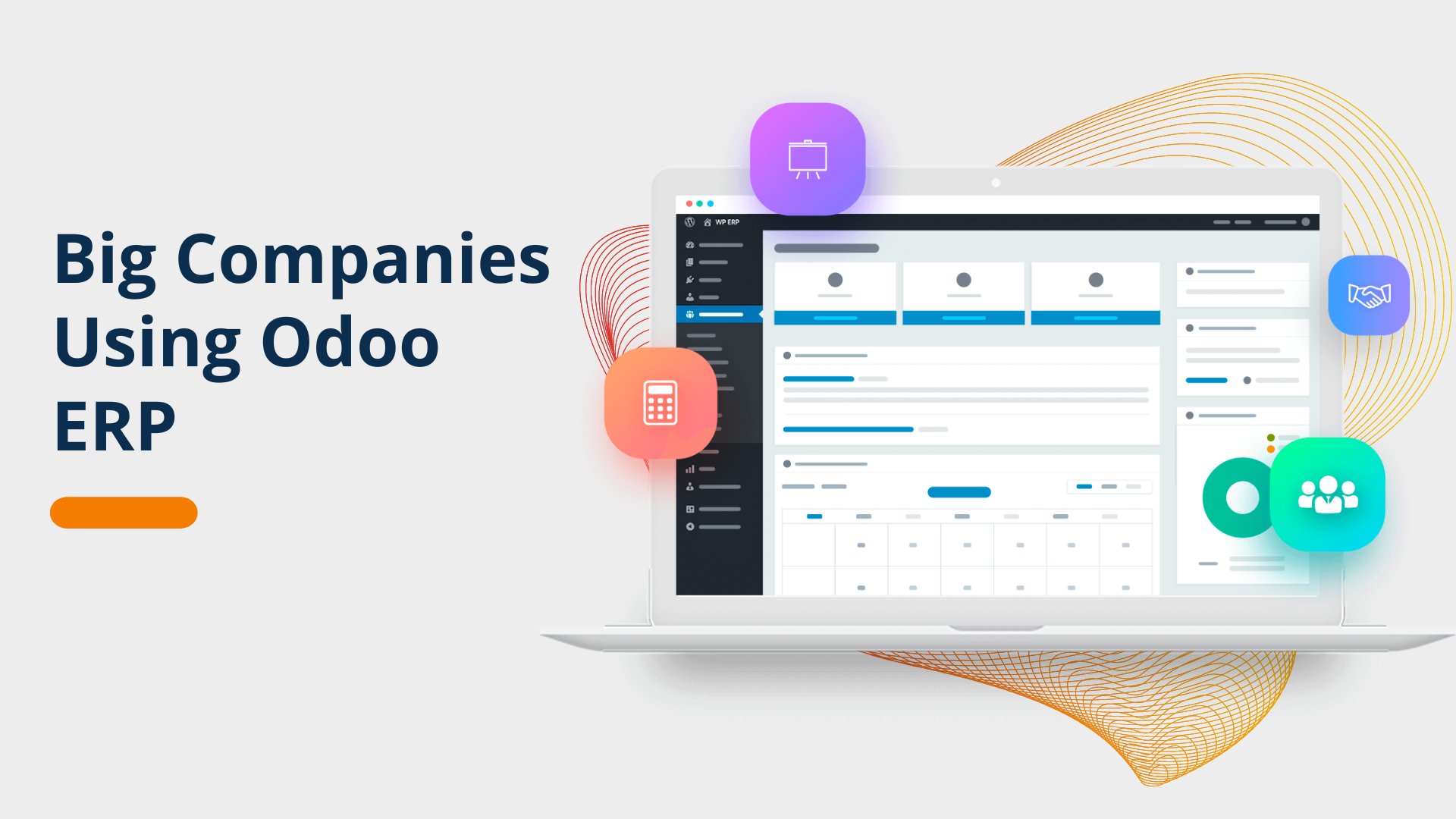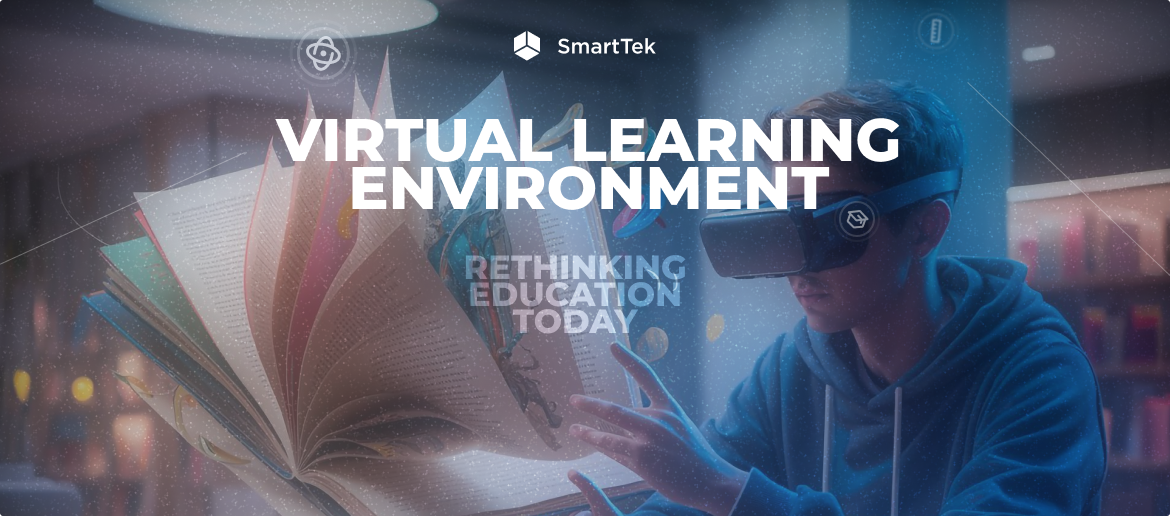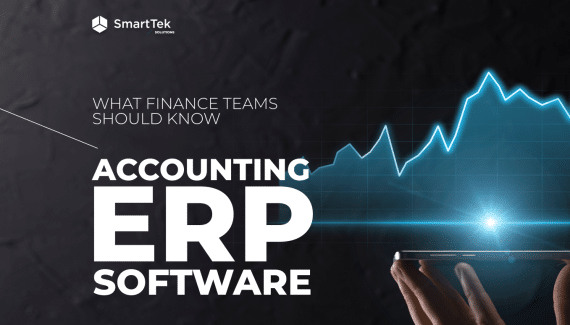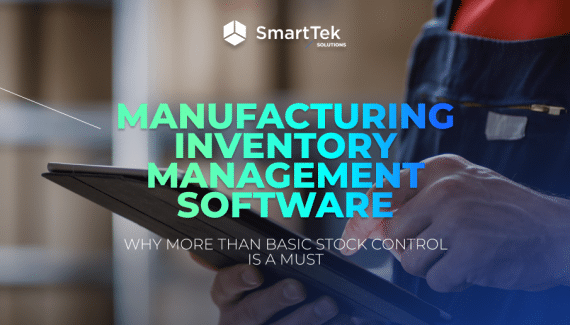Say goodbye to traditional classrooms – Virtual Learning Environments (VLE) are changing the way people around the world gain knowledge with online education. These platforms provide students and teachers with a single digital space for learning materials, collaboration, and assessments.
The wide availability of immersive technologies enables them to make the global education VR market go through the roof: it is projected to reach over US$32.94 billion by 2026—this is huge if we must say!
In this article, we will take into consideration all the details and catches of such platforms!
What Is Virtual Learning and What Do Virtual Learning Environments Offer?
The virtual learning meaning lies in virtual learning’s ability to extend education beyond the traditional classroom, transforming it into a fully digital medium. It allows students to access education from anywhere and at any time by connecting them to instructors and content through online tools.
A virtual learning environment (VLE) is considered an integrated conceptualization of online learning. The progress tracking feature is utilized alongside the promotion of communication and material management to let the teacher and students interact in a virtual environment.
Now that this is clear, let’s get started and learn more about the elements that make up VLE.
Features and Components of Virtual Learning Environments
Many of these included tools and services make online education dynamic, well-structured, and accessible within the VLE. Let’s look closer at the essential components that make VLEs effective learning tools.
Essential Components of a Successful VLE
Learning Management System (LMS): The Heart of a VLE
The LMS is the foundation of every VLE. This may be considered the control room where teachers execute all aspects of the teaching-learning process.
- Content Management keeps the content relevant and engaging by making it easy to add, organize, and update learning materials.
- Access Control: Assign different access levels so that students, instructors, and administrators have all the necessary tools—nothing more, nothing less.
- Progress Tracking & Evaluation: Track learners’ progress, assess performances, and identify areas where students need additional support.
Why It Matters
An LMS keeps everything in one place, making life easier for both instructors and learners by reducing unnecessary navigation across numerous platforms while learning.
Immersive Features That Enhance VLE
3D Learning Environments
Take your virtual learning to the next dimension with 3D virtual learning environments. These are ideal training tools for use in areas related to practical work, including engineering, health, and manufacturing industries.
- Realistic Simulations: Engage students with lifelike simulations that let them practice skills in a safe, virtual space.
- Exploration & Interaction: 3D spaces let learners move and interact through a dynamic experience of concepts, boosting their engagement and retention.
Interactive Virtual Learning Environment Platforms
More advanced virtual learning environments have integrated interaction tools, thus going way beyond the simple static content.
- Gamified Learning Modules: Such modules ensure that learning remains engaging through gamified skills and knowledge reinforcement modules.
- Virtual Labs: Learning by application allows students to try and experiment with things in a virtual lab.
Custom Virtual Learning Environment Software
SmartTek Solutions provides customized VLEs with specialized LMS for specific industries, including the healthcare, manufacturing, and e-commerce sectors. A good example is the TAVR Surgery VR training module developed for cardiac surgeons and patients to explore heart-shunt procedures.
- Immersive VR Environment: It places the users in a virtual operation theater to interact with the cardiovascular system.
- Multi-System Views: These enable one to switch between the skeleton, muscles, and cardiovascular for all-around effects.
- Practical Training: Realistic guidance was developed on Unity for realistic implementation, and Oculus VR SDK was guided step by step.
With SmartTek’s VLEs, you get:
- Tailored Design: Customized to meet your exact training goals.
- Full Control: Manage learning independently without a developer’s help.
- Scalable Solutions: Easily add features, users, or content as you grow.
SmartTek Solutions delivers adaptive VLE platforms that meet specific organizational needs, driving impactful learning experiences across industries.
Now, let’s define virtual learning benefits!
Need a Custom Vitrual Training Solution?
We will deliver elaborate approaches and solutions to address your needs. Don’t hesitate to apply for a complimentary consultation.
Benefits of Virtual Learning Environments
According to research, VR increases information retention by about 75% compared to other conventional ways of learning and is certainly one of the promising technologies for the future of education.
To fully grasp the virtual learning definition, understand that virtual learning refers to a model of learning that adopts an educational approach. This approach uses digital platforms and methodologies to create an interactive learning process accessible anytime and anywhere. It also includes modules for the practical application of skills required for specific jobs, tasks, or scenarios.
VLEs, therefore, offer organizations the ability to deliver mass education effectively. Beyond the simple publication of specific courses online, VLEs provide learners with a fully interactive, personalized experience, along with an evaluation system.
With a properly set up VLE, an organization can lightly communicate toward training — thus meeting today’s needs. A look at the advantages of virtual learning environments will help understand how important they are to any modern training organization:
Learning Without Boundaries
Flexibility allows learners to fit education into their lives, therefore enhancing its accessibility and inclusivity.
Study from Anywhere
Forget the classroom walls, as VLEs allow learners to learn from places where access to the internet is available.
Create Your Schedule
That is to say, flexibility and the ability to learn anytime, whether early in the morning or late at night, as one finds comfortable.
Open to All
VLEs bring quality education to people in remote or underserved areas, making learning more accessible.
Learning Tailored to You
Personalization tends to enhance engagement which, in turn, motivates learners to succeed.
Customized Content
VLEs adapt to student needs, offering extra practice where necessary to support progress.
Follow Your Progress
Learners can follow their progress, set goals, and even celebrate small achievements while doing so.
Choose Your Path
Students are given choices in terms of what best suits their style of lectures, interactive quizzes, or readings.
Bringing Learning to Life
Engagement itself is the key to retention. Indeed, students learn and have more fun when they are engaged.
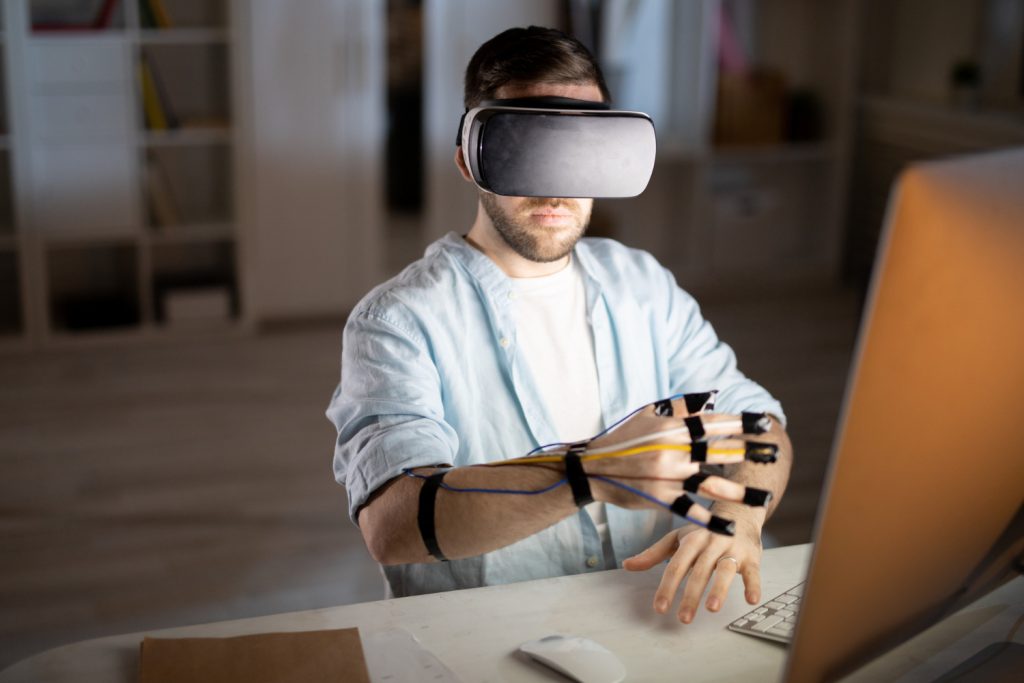
Say in Front with Interactive Tools
Quizzes, forums, and multimedia keep learning active and in contact, making learning more effective.
Collaborate with Colleagues
This might be achieved through group projects, online discussion boards, and live sessions that build community and support.
Make It a Game
Badges, points, and leaderboards look at learning as a challenge that might spur learners’ enthusiasm.
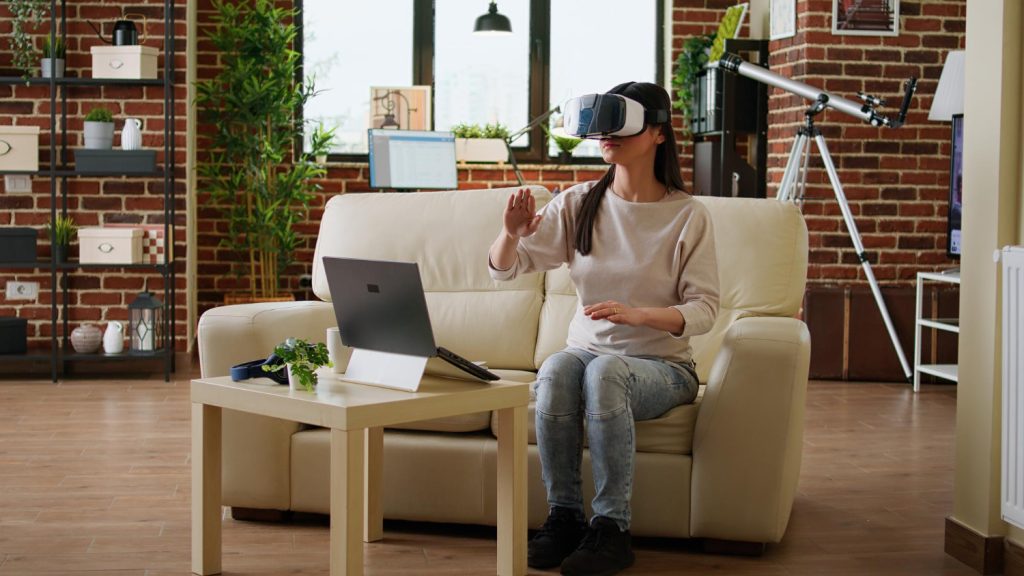
Issues to Consider
While Virtual Learning Environments offer many opportunities, they also raise several challenges that an organization should overcome if it hopes for a successful implementation. Below, we will highlight one key consideration.
Overcoming Technology Barriers
Stable Internet Connection
Equally important, VLEs require a good internet connection to access live sessions and multimedia content. It allows users in low-bandwidth areas to avail themselves of a lightweight platform that allows offline and reduced-bandwidth use.
Hardware Compatibility Issues
For accessibility across devices, VLEs should be responsive and compatible with different screen sizes and specifications, including older devices. Therefore, they need to be tested on multiple platforms.
Classroom Management in a Virtual Learning Environment
Keeping Students Engaged
The major obstacles are usually caused by engagement during virtual learning. Unlike physical classrooms, VLEs do not have direct physical oversight. Hence, it is easy for learners to get distracted. For students to be kept engaged, VLEs need to be interactive, making learning dynamic and participatory.
Solution: Quizzes, live polls, and an interactive discussion board are some of the facilities that keep learners engaged. Chunking content can also be done to avoid overloading learners.
Monitoring Student Progress
It is more difficult to discern who might be falling behind in a virtual setting than it is in a real-life classroom. This might be a limitation, as several students who need help could go unnoticed. Fortunately, most VLEs now include built-in analytics that allow the instructor to track participation, completion rates, and assessment results.
Solution: Analytics such as these, in turn, will allow instructors to monitor students’ performance trends to ensure timely interventions if extra help is required.
Addressing Concerns
Limited Face-to-Face Interaction
While VLEs are very flexible, they lack some of the personal touches found in a traditional classroom environment. Relationships and social skills, for example, are developed much more strongly when there are face-to-face interactions, something that is harder to have in a fully virtual environment. Therefore, the lack of real-life presence may be highly disadvantageous for students who really need direct feedback and encouragement from others.
Solution: The use of virtual breakout rooms and live video sessions within a VLE can help counteract, to some extent, the lack of face-to-face contact. For example, Microsoft Mesh operates within Microsoft Teams to create immersive 3D spaces in which users in a meeting can interact with each other through avatars and shared virtual environments, making them feel as if they’re there and collaborating.
In addition, the hybrid models, which combine physical gatherings with online learning details, offer face-to-face interactions and the convenience of digital materials.
How to Create a Virtual Learning Environment Across Industries
Below are some major steps taken toward making VLEs more robust in terms of performance in diversified industries:
I. Select an Industry-Specific Platform
Choose a platform that will deliver scalability, extensive customization to meet your requirements, and key functionalities in user management, content delivery, and system integration.
II. Structure Content Strategically
Set clear goals and build interactive modules related to your industry, as some simulations/assessments could help you achieve set goals.
III. Optimize for Engagement
Deploy a fully tested VLE that can exploit various advanced features, such as adaptive learning, analytics, and gamification.
Virtual learning environments are flexible tools that adapt to the training modes peculiar to each industry. Therefore, organizations can use VLEs to offer their staff and customers flexible, accessible, and interactive platforms through which they can train, upskill, and comply. Here’s how different sectors use VLEs to enhance their educational programs.
Virtual Learning in Schools and Universities
VLEs have opened up ways in which learning no longer has to stick within the walls of the traditional classroom. That sounds awesome, doesn’t it? Colleges and universities employ virtual university learning management systems to offer hybrid models, allowing students to access courses, homework, and discussion boards online.
Practical Application: Virtual biology and chemistry labs are the norm today to ensure maximum learning safety. Examples include the free, interactive simulations in biology and chemistry available from the University of Colorado Boulder’s PHET Interactive Simulations, which allow for improved understanding in a game-like environment.
Corporate Training and Professional Development
VLEs streamline training processes, especially for onboarding, skills development, and compliance. They also help the organization deliver standardized training regardless of location, ensuring the same quality of learning.
For example, SmartTek Solutions has developed several VR training simulators, such as the VR Manufacturing Training Simulator and the HoReCa VR Training platform. These tools are interactive and provide an experience-based system of training for efficiently teaching employees within virtual settings.
The VLEs also enable the organization to orient new hires, reinforce compliance issues, and conduct training in a non-drill format. The system even allows tracking for retention purposes.
Healthcare Training
VLEs use simulation or virtual practice to provide the realistic, hands-on training that healthcare professionals need. With those, procedures can be simulated and safely practiced by students and faculty.
Practical application: Medical VLEs now include highly realistic surgical simulations that allow students to practice their skills in a risk-free, non-threatening environment.
Manufacturing and Engineering
Safety and procedural accuracy are two important concepts in manufacturing and engineering. VLEs can be used to train on safety, equipment handling, and emergency procedures in hazardous situations.
Practical Application: Various manufacturing companies also use hands-on VLEs to practice equipment handling and emergency procedures that could be dangerous in real life.
Defense and Military Tactical Training
The military uses VLEs for individual hands-on activities, emergency training, and tactical training. Compared to live classroom training, VLEs provide far safer and more affordable solutions.
Practical Application: Military VLEs provide virtual training for tactical field exercises to help soldiers practice decision-making and teamwork in a virtually authentic environment.
Training for Banking, Finance, and Legal Professions
Banking, finance, and legal fields use VLEs for compliance training, fraud detection, and skills development. These platforms keep professionals updated on regulatory changes and market practices.
Practical Application: Financial institutions use VLEs to simulate fraud detection, whereby employees learn to identify and take action on suspicious-looking transactions in a virtual environment.
Technical Training in Telecommunications and IT
Of course, upgrades and certifications within this industry are not one-shot affairs. Virtual Learning Environments support technical training, like exercises on cybersecurity and user certification programs, within the safety of an environment where employee practices are allowed.
Have questions about the usage of VLE in technical training or education?
We will deliver elaborate approaches and solutions to address your needs. Don’t hesitate to apply for a complimentary consultation.
Choosing the Ideal VLE Platform
Considering the following points when choosing a VLE platform is essential to ensure an unhindered and effective learning process. Every choice is based on one or a combination of the following key elements.
Important Factors to Consider
While evaluating VLE platforms, consider convenience, scaling in the future, and good support with employee training to securely adopt and deploy it.
- Ease of use: A VLE should be user-friendly for both the administrator and learner. The interface will enable easy navigation, minimum set-up time, and simple content uploading. A user-friendly platform reduces the time you have to spend on learning and limits training to the bare minimum.
- Scalability: Think about the future of your organization. A scalable VLE will grow with you, and thus, accommodate more users, additional functionalities, or new training programs as your organization expands.
- Training and Support: For custom solutions, providing employees with training is essential to ensure a smooth onboarding process and the effective use of the platform. This training will help users quickly adapt to the platform’s features and functionalities. Additionally, robust customer support is critical for resolving technical issues efficiently, minimizing disruptions, and maintaining productivity.
Best VLE Platforms
Different VLEs have been developed to handle some very special needs, not only in the educational sector but in the corporate world as well. Of course, some of the more common ones include a complete suite of tools to manage content, track learner progress, and even build interactive learning environments. Let’s learn more about them.
- Because of Moodle’s flexibility and openness, vast changes can be made to it to suit any learning environment.
- Blackboard is an integrated platform that has been used for years by higher learning institutions. Blackboard offers state-of-the-art tracking, collaboration, and analytics.
- Canvas is favored for its friendly use and is generally adopted by academics and corporate trainers because of its ease of integration and strong support network.
Tailored VLE Solutions by SmartTek
SmartTek Solutions offers fully bespoke VLE platforms, enabling the organization to take full control of the training and develop content as required. One good example is the PPE VR Training Simulator, which could ensure the safety of healthcare workers by putting them through necessary PPE protocols in VR, as laid out by the CDC and WHO.
ey features include:
- Handwashing: 14 steps with motion tracking for the perfect technique.
- Donning and Doffing: Step-by-step PPE procedures in order to avoid contamination, with real-time feedback.
- Proven Results: VR trainees performed tasks 20% faster and 38% more accurately than others who received traditional training.
Safe, interactive training through platforms like SmartTek’s Virtual Learning Environments-PPE VR Simulator is perfect when seamlessly integrated with daily practice to create an effective learning experience in vocational education.
Emerging Trends that Shape Virtual Learning
The VLE evolves with each rise of virtual learning and continuous changes in technological advances and educational approaches. Such trends give learning a facelift and redefine how an organization or institution imparts knowledge.
Technological Advancements of VLEs
AI-powered Personalization
AI is considered a game-changer for virtual learning environments because it makes learning very personalized. It analyzes learner data to make customized content available, regulates the difficulty level according to each student’s progress, and recommends resources.
Immersive Learning with Virtual Reality (VR)
VR introduced virtual learning to another dimension by creating realistic simulations for learners. For healthcare, engineering, and aviation, it gave a very safe and controlled environment where students could practice procedures and operations, and thus, develop hands-on skills, safely building their confidence in real life.
It also offers VR learning as a unit of learning, putting learners together in a virtual classroom or lab and connecting students over distance.
Evolving Educational Practices
Microlearning: Learning in Focus
With shortened attention spans, microlearning is gaining momentum within VLEs. It basically fragments information into small bits, so it can be easily digested by learners to hold on to certain areas. Even in corporate environments where employees have to upskill, microlearning works well without interrupting their daily tasks.
Conclusion
From core training to higher education, VLEs have now become the modern face of education and training, offering unprecedented flexibility, personalization, and interactivity. By understanding the VLE meaning—a unified digital home wherein learning is enabled through a suite of tools, including AI and VR — organizations can ensure that experiences in learning are delivered most efficaciously and engagingly across diverse industries.
These tools fill the growing knowledge gap and the expanding need for modern, adaptive education. The key is not in the tool itself but in the changing nature of learning delivery and experience.
